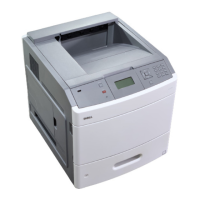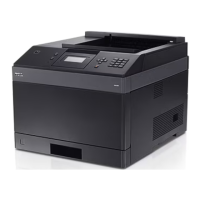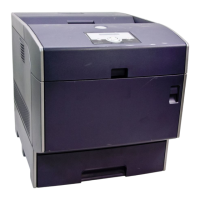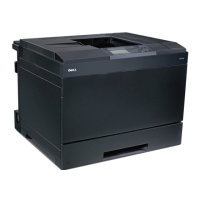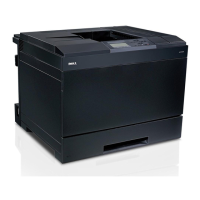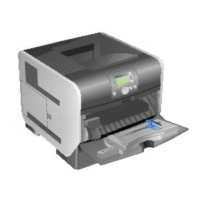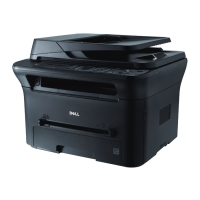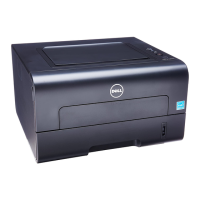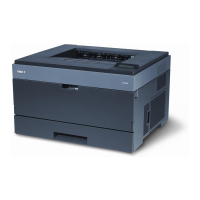l Do not use coated papers.
l Remember to change the paper size setting when using a source that does not support auto size sensing.
l Do not remove trays while a job is printing or Busy is displayed on the operator panel.
l Ensure the paper is properly loaded in the source.
l Before purchasing large quantities of paper, it is recommended that initially a small quantity be purchased, and tested in the printer to verify suitable
results.
l Flex paper back and forth. Do not fold or crease the paper. Straighten the edges on a level surface.
Selecting Preprinted Forms and Letterhead
Use the following guidelines when selecting preprinted forms and letterhead paper for the printer:
l Use long grain paper for best results.
l Use only forms and letterhead printed using an offset lithographic or engraved printing process.
l Choose papers that absorb ink but do not bleed.
l Avoid papers with rough or heavily textured surfaces.
Use papers printed with heat-resistantinksdesignedforuseinxerographiccopiers.Theinkmustwithstandtemperaturesupto180°C(356° F) without
melting or releasing hazardous emissions. Use inks that are not affected by the resin in toner or the silicone in the fuser. Oxidation-set or oil-based inks
should meet these requirements; latex inks might not. If you are in doubt, contact your paper supplier.
Preprintedpapers,suchasletterhead,mustbeabletowithstandtemperaturesupto180°C(356° F) without melting or releasing hazardous emissions.
Printing on Letterhead
Check with the manufacturer or vendor to determine if the preprinted letterhead you have chosen is acceptable for laser printers.
Page orientation is important when printing on letterhead. Use the following table for help when loading letterhead in the print media sources.
Selecting Prepunched Paper
